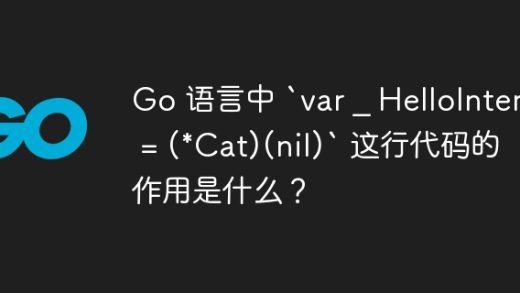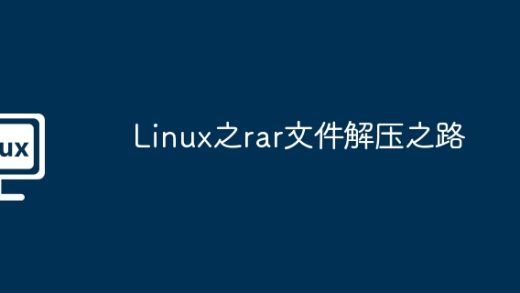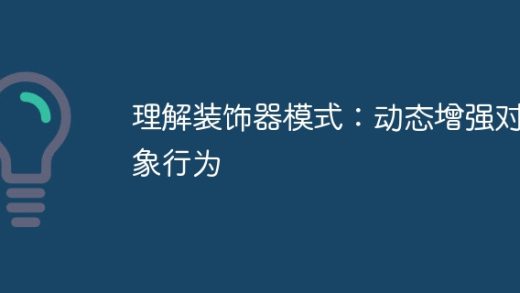当前位置: > > > > 如何在golang中编写bson形式的mongo查询?
来源:stackoverflow
2024-04-19 23:09:33
0浏览
收藏
大家好,今天本人给大家带来文章《如何在golang中编写bson形式的mongo查询?》,文中内容主要涉及到,如果你对Golang方面的知识点感兴趣,那就请各位朋友继续看下去吧~希望能真正帮到你们,谢谢!
问题内容
我可以使用命令行查询查询我的 mongodb 集合,以根据 nftype 和最小距离获取 ipv4addresses
db.nfinstancesdb.aggregate([
{
"$match": {
"nftype": "amf"
}
},
{
"$unwind": "$ipv4addresses"
},
{
$group: {
"_id": "$distance",
"ipv4addresses": {
"$addtoset": "$ipv4addresses"
}
}
},
{
"$sort": {
"_id": 1
}
},
{
"$limit": 1
}
])
这给出了我期望的输出
[{"_id": 10,"ipv4addresses": ["172.16.0.11","172.16.0.10"]}]
如何在 go 上编写上述查询的 bson 形式?
我在下面的函数中执行了操作,但获得了所有 ipv4addresses 而不是上面的结果。
func (m *nfinstancedataaccess) findip(nftype string) ([]nfinstance, error) {
var ip []nfinstance
collection := db.c(collection)
pipeline := mongo.pipeline{
{{"$match", bson.d{
{"nftype", "amf"},
}}},
{{"$unwind", "$ipv4addresses"}},
{{"$group", bson.d{
{"_id", "$distance"},
{"ipv4addresses", bson.d{
{"$addtoset", "$ipv4addresses"},
}},
}}},
{{"$sort", bson.d{
{"_id", 1},
}}},
{{"$limit", 1}},
}
cursor, err := collection.aggregate(context.background(), pipeline)
defer cursor.close(context.background())
for cursor.next(context.background()) {
var ip []nfinstance
err := cursor.decode(&ip)
if err != nil {
log.fatal(err)
}
//fmt.println(doc)
}
return ip, nil
}
我的收藏有以下项目
{
"nfInstanceID": "1",
"nfType": [
"AMF"
],
"nfStatus": [
"REGISTERED"
],
"ipv4Addresses": [
"172.16.0.10"
],
"distance": 10
},
{
"nfInstanceID": "2",
"nfType": [
"UPF"
],
"nfStatus": [
"REGISTERED"
],
"ipv4Addresses": [
"172.16.0.20"
],
"distance": 20
},
{
"nfInstanceID": "3",
"nfType": [
"AMF"
],
"nfStatus": [
"REGISTERED"
],
"ipv4Addresses": [
"172.16.0.30"
],
"distance": 30
},
{
"nfInstanceID": "4",
"nfType": [
"AMF"
],
"nfStatus": [
"REGISTERED"
],
"ipv4Addresses": [
"172.16.0.11"
],
"distance": 10
}
我期待相同或相似的输出。
解决方案
你的golang代码的问题是你没有分组。
您可以使用 pipe 来准备要聚合的管道:
pipe := db.c(collection).pipe([]bson.m{
{"$match": bson.m{"nftype": "amf"}},
{"$unwind": "$ipv4addresses"},
{"$group": bson.m{
"_id": "$distance",
"ipv4addresses": bson.m{"$addtoset": "$ipv4addresses"},
}},
{"$sort": bson.m{"_id": 1}},
{"$limit": 1},
})
err := pipe.all(&ip)
如果您使用官方的 ,您可以利用 来执行 。您发布的示例 go 代码片段使用 find(),这与聚合不同。
例如,使用 mongodb go 驱动程序 v1.0.4(当前):
collection := client.Database("dbname").Collection("collname")
pipeline := mongo.Pipeline{
{{"$match", bson.D{
{"nfType", "AMF"},
}}},
{{"$unwind", "$ipv4Addresses"}},
{{"$group", bson.D{
{"_id", "$distance"},
{"ipv4Addresses", bson.D{
{"$addToSet", "$ipv4Addresses"},
}},
}}},
{{"$sort", bson.D{
{"_id", 1},
}}},
{{"$limit", 1}},
}
cursor, err := collection.Aggregate(context.Background(), pipeline)
defer cursor.Close(context.Background())
for cursor.Next(context.Background()) {
doc := bson.D{}
err := cursor.Decode(&doc)
if err != nil {
log.Fatal(err)
}
fmt.Println(doc)
}
您发布的示例文档对于所有 ipv4addresses 只有 1 个元素,我假设这只是一个示例。但是,如果所有文档都只有 1 个 ipv4addresses 元素数组,那么您最好只使用 。
通常,当序列化为 bson 时(以及当顺序很重要时),使用 。
本篇关于《如何在golang中编写bson形式的mongo查询?》的介绍就到此结束啦,但是学无止境,想要了解学习更多关于Golang的相关知识,请关注公众号!


